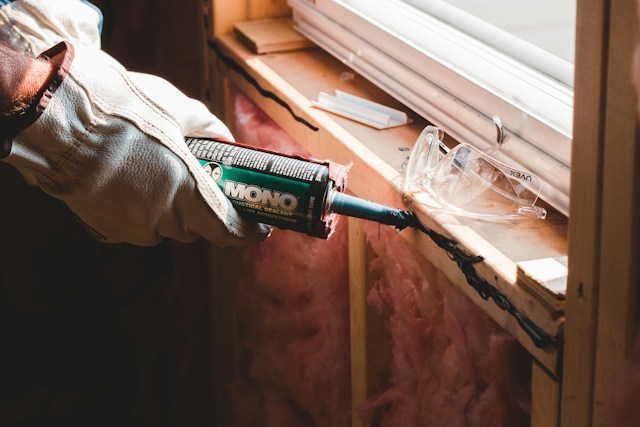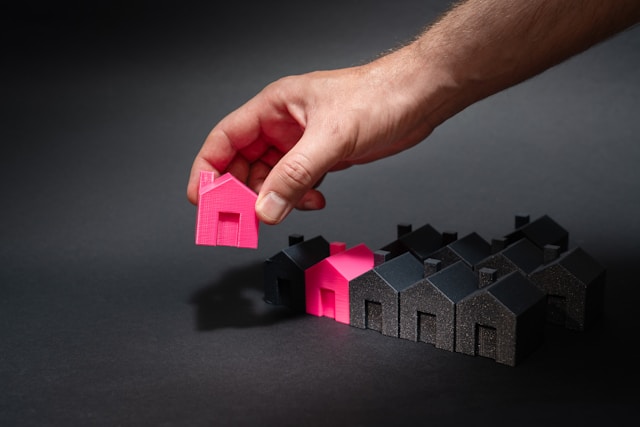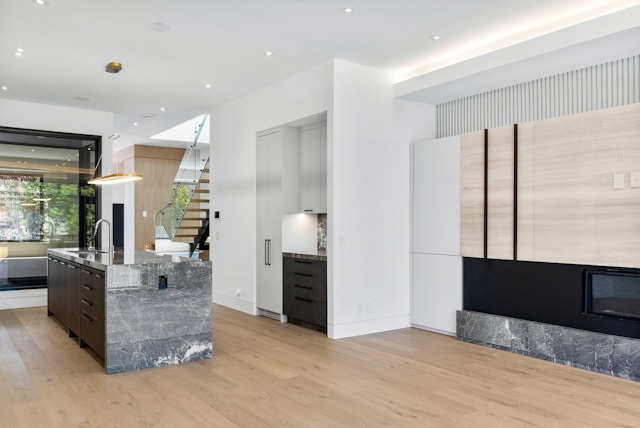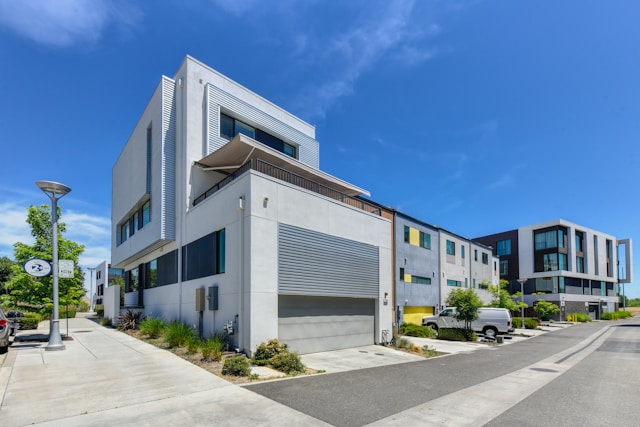Picture this: You stumble upon an old bookshelf abandoned on the sidewalk. Upon closer inspection, you recognize its potential, decide to give it a makeover, and, after a few years, find a delighted buyer eager to give it a new home. This concept of recognizing hidden value, adding your touch, and reaping rewards is the crux of value-add—a strategy frequently employed in real estate investing.
The Essence of Value-Add in Real Estate
In the realm of single-family homes, the classic fix-and-flip scenario involves purchasing a distressed property, renovating it, and selling it for profit. This concept translates to value-add multifamily real estate on a grander scale, where large-scale renovations breathe new life into hundreds of units over an extended period.
A prime value-add property might exhibit signs of neglect, like peeling paint or outdated appliances, impacting its curb appeal and initial impressions on potential renters. By implementing simple cosmetic upgrades, the property becomes more attractive, drawing in qualified renters and bolstering income.
In value-add properties, improvements serve dual purposes:
- Enhancing the living experience for tenants
- Elevating the property’s financial performance for investors
Value-Add Examples
Common value-add renovations for individual units encompass:
- Fresh paint
- New cabinets
- Upgraded countertops
- Modern appliances
- Contemporary flooring
- Improved fixtures
Enhancements to exteriors and shared spaces contribute to a sense of community and include:
- Fresh paint on building exteriors
- New signage
- Landscaping
- Amenities like dog parks, gyms, pools, clubhouses, and playgrounds
- Practical additions such as covered parking and shared spaces like BBQ pits and picnic areas
Efficiency improvements are also part of the value-add strategy and can involve:
- Green initiatives to reduce utility costs
- Shared cable and internet services
- Cost-reduction measures
The Logistics of Multifamily Value-Add
While the fix-and-flip model for single-family homes is familiar, the logistics of renovating hundreds of units concurrently are less intuitive. Renovations typically commence with vacant units in multifamily properties. As existing tenants’ leases come up for renewal, they are offered the option to move into freshly renovated units. This process repeats until a significant portion or all units have been updated, accounting for temporary increases in vacancy rates due to turnover and new leases.
Why Investors Flock to Value-Add Properties
When executed effectively, value-add strategies yield benefits for all stakeholders involved. Renovations enhance the property’s aesthetics and functionality, providing tenants with an upgraded living space. Simultaneously, the property’s value increases, enabling higher rental rates and heightened equity, bringing joy to investors.
Understanding Yield Plays vs. Value-Add Investments
To grasp the allure of value-add investments, it’s crucial to contrast them with their counterparts, yield plays. In a yield play, investors acquire a stable asset, holding it in anticipation of future profits without substantial improvements. Value-add deals, on the other hand, involve significant renovations, introducing a level of risk but offering substantial upside potential.
A hybrid investment that combines yield and value-add features is ideal, allowing for property improvements alongside market growth. However, it’s vital to acknowledge the risks associated with value-add deals, such as challenges in achieving target rents, unexpected tenant turnover, and potential cost overruns.
Mitigating Risks in Value-Add Investments
Risk mitigation strategies are paramount in evaluating value-add deals. Look for sponsors who prioritize capital preservation, employ conservative underwriting, follow proven business models, possess experienced project management teams, and offer multiple exit strategies. By raising renovation and capital expenditure funds upfront, these strategies aim to protect investor capital.
Recap and Takeaways
No investment is without risks, but when the benefits extend to both the community and investors, the attractiveness of value-add investments becomes evident. Leveraging investor capital in value-add scenarios allows for significant improvements in apartment communities, creating cleaner, safer living spaces and enhancing tenant satisfaction. With control over renovations and timing, investors can safeguard capital and optimize returns—an unmistakable win-win situation.




